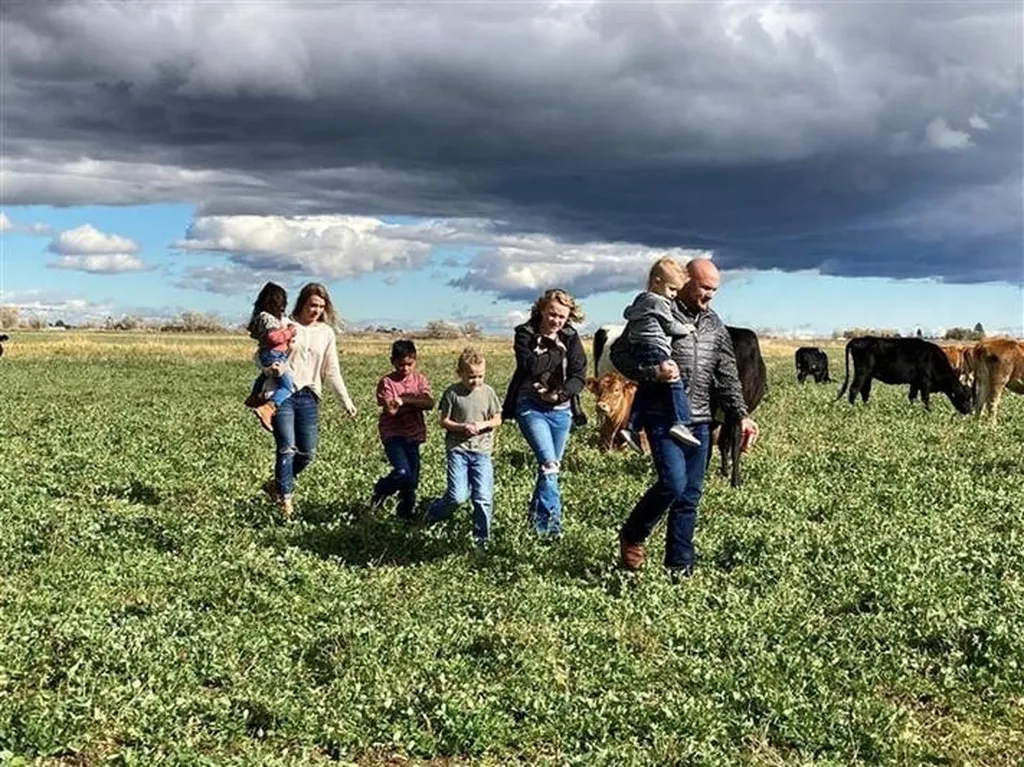In the heart of Europe, a quiet revolution is taking place, not in bustling cities or political capitals, but in the fields and farms where food is grown. Regenerative agriculture, a farming approach that focuses on rebuilding soil organic matter and restoring degraded soil biodiversity, is gaining traction. Yet, a recent study published in *npj Sustainable Agriculture* suggests that the movement may be shifting from its grassroots origins to a more commercially driven endeavor, with potential implications for the agriculture sector.
The study, led by Loekie Schreefel from the Farming Systems Ecology group at Wageningen University & Research, analyzed 849 actor websites and interviewed 131 regenerative farmers across five European countries. The findings paint a nuanced picture of the regenerative agriculture landscape. “We found that regenerative agriculture initially emerged as a farmer-led movement,” Schreefel explains. “But around 2020, non-farming actors started to co-opt the narrative.”
This shift is significant. The study reveals that since 2021, the number of new regenerative farmers has declined, raising concerns that the focus may be moving away from actual farming practices and towards marketing strategies driven by multinational companies. “There’s a risk that regenerative agriculture is becoming more about branding and less about the practical implementation of sustainable practices,” Schreefel notes.
The study also highlights that policy engagement has been limited, with most actors being urban-based, such as NGOs. The most promoted themes among these actors were soil health and biodiversity, which are indeed critical components of regenerative agriculture. Among nearly 5000 cited practices, cover cropping and crop diversification dominated, reflecting a strong emphasis on enhancing soil health and agricultural resilience.
However, the study also raises questions about the long-term sustainability of regenerative agriculture. “The burden of proof lies in its ability to regenerate the environment,” Schreefel asserts. “Until then, its impact remains uncertain.”
For the agriculture sector, these findings could shape future developments in several ways. First, the commercialization of regenerative agriculture could lead to increased investment in research and development, potentially accelerating the adoption of sustainable practices. However, it could also result in a dilution of the movement’s core principles, with a focus on profit rather than environmental stewardship.
Second, the limited policy engagement suggests that there is a significant opportunity for policymakers to support and regulate the regenerative agriculture movement. By providing incentives for farmers to adopt regenerative practices and ensuring that these practices are scientifically validated, policymakers can help ensure that regenerative agriculture delivers on its promises.
Finally, the study underscores the importance of continued research and monitoring. As Schreefel points out, the impact of regenerative agriculture remains uncertain. Therefore, ongoing studies are crucial to understanding its long-term effects on soil health, biodiversity, and agricultural productivity.
In conclusion, the study by Schreefel and her team provides a timely and critical analysis of the regenerative agriculture movement in Europe. As the sector navigates this evolving landscape, it will be essential to balance commercial interests with environmental goals, ensuring that regenerative agriculture truly lives up to its name.

